Modeling and optimal design of heliostat field based on particle swarm optimization algorithm
DOI: 10.23977/jeis.2023.080609 | Downloads: 19 | Views: 1448
Author(s)
Qi Zhang 1
Affiliation(s)
1 Institution of Electrical and Information Engineering, Anhui University of Science and Technology, Huainan, 232001, China
Corresponding Author
Qi ZhangABSTRACT
Building a new type of power system with new energy as the main body is the goal of achieving "carbon peak" and "carbon neutrality" in China. An important measure of the target. Tower solar thermal power generation is a new type of clean energy technology with low carbon and environmental protection. The annual average optical efficiency of the fixed sun station is affected by shadow occlusion, cosine efficiency, atmospheric transmittance, collector truncation efficiency, mirror reflectance, size layout of heliostat and so on. In this paper, the heliostat field is modeled based on reflection theorem, solar cone theory and solar motion law, and optimized based on particle swarm optimization algorithm to calculate the annual average optical efficiency, annual average output thermal power, and annual average output thermal power per unit mirror area of heliostat field. To solve this problem, The paper need to consider the height and Angle of the sun, the blocking of sunlight, and the cone model of sunlight and other factors, first calculate the sun's height Angle, azimuth Angle and cosine loss, and then calculate the shadow blocking efficiency through the tower shadow blocking, and then calculate the collector truncation efficiency according to the sun light cone theory, etc. The mathematical model of a single heliostat can be modeled, and the average optical efficiency and output thermal power of the heliostat field can be calculated by traversing the average. Then, this paper adopts single objective optimization model and particle swarm optimization algorithm. Firstly, an optimization model is established with the rated power reaching 60MW as the constraint condition, and the annual average output thermal power per unit mirror area is as large as possible to optimize the target. Then particle swarm optimization algorithm is used to find the maximum output thermal power and the final particle convergence, indicating the rationality of the mathematical model.
KEYWORDS
Tower Solar Power Plant, Particle Swarm Optimization, Heliostat FieldCITE THIS PAPER
Qi Zhang, Modeling and optimal design of heliostat field based on particle swarm optimization algorithm. Journal of Electronics and Information Science (2023) Vol. 8: 69-76. DOI: http://dx.doi.org/10.23977/10.23977/jeis.2023.080609.
REFERENCES
[1] Wang Yichen. How will the solar-thermal power generation broken [N]. The economic journal, 2021-07-20 (006).
[2] Lv Caixia. Influence of heliostat parameters on performance of tower solar concentrator heat collection system [J]. Energy Saving, 2023,42(05):34-37.
[3] Zhang Hong, Kang Tong. Construction and solution of solar shadow location model [J]. Journal of Communication University of China (Natural Science Edition),2019,26(06):56-59.
[4] He Xiaolei, Yu Hejun, Li Jianying et al. Solution of solar azimuth formula and its application [J]. Journal of Solar Energy, 2008(01):69-73.
[5] Wang Haoxuan, Wang Yiming. Sun shadow location based on MATLAB software [J]. Science and Technology Innovation,2019(13):57-58.
[6] Zhang Ping, Xi Zhengwen, Hua Wenhan, et al. Optical efficiency calculation method of solar tower thermal mirror field[J].Technology and Market,2021,28(06):5-8.
[7] Hu Yeguang. Research on multistage reflecting condenser field of tower solar thermal power generation System [D]. Harbin Institute of Technology,2018.
[8] Hu Tian, Yu Qin, Wang Yueshe. Research on field layout and optimization of tower solar mirror based on ray trace method [J]. Chinese Journal of Engineering Thermophysics,2015,36(04):791-795
[9] Farges O, Bézian J, Hafi E M. Global optimization of solar power tower systems using a Monte Carlo algorithm: Application to a redesign of the PS10 solar thermal power plant[J]. Renewable Energy, 2018,119.
[10] Yang Fan. Research on AC-DC microgrid group optimization Decision based on Game Theory [D]. Harbin Institute of Technology, 2018.
| Downloads: | 13850 |
|---|---|
| Visits: | 586961 |
Sponsors, Associates, and Links
-
Information Systems and Signal Processing Journal
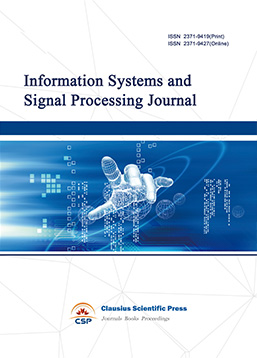
-
Intelligent Robots and Systems
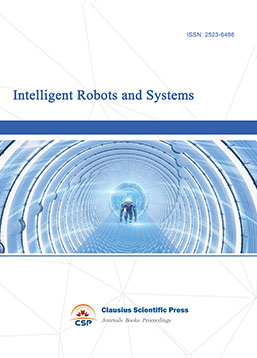
-
Journal of Image, Video and Signals
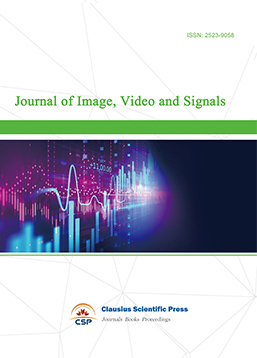
-
Transactions on Real-Time and Embedded Systems
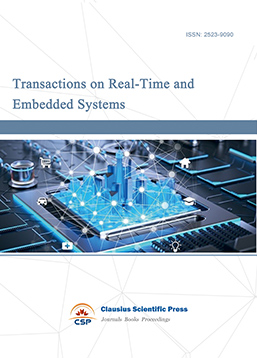
-
Journal of Electromagnetic Interference and Compatibility
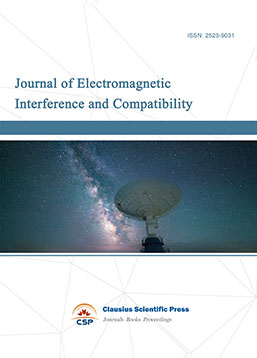
-
Acoustics, Speech and Signal Processing
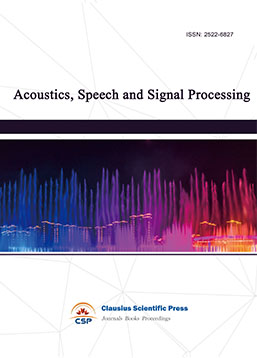
-
Journal of Power Electronics, Machines and Drives
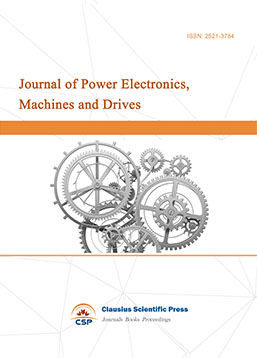
-
Journal of Electro Optics and Lasers
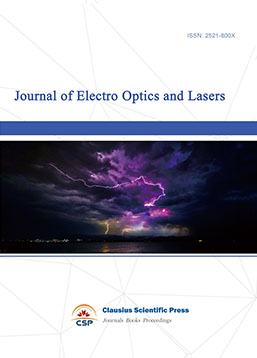
-
Journal of Integrated Circuits Design and Test
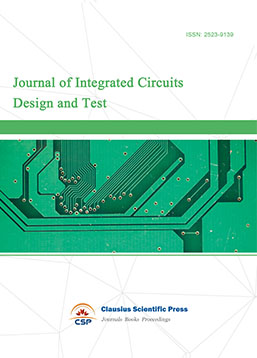
-
Journal of Ultrasonics
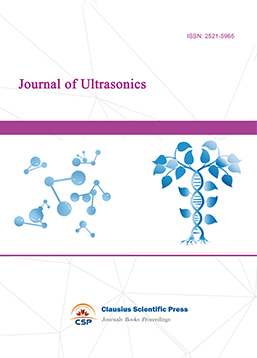
-
Antennas and Propagation
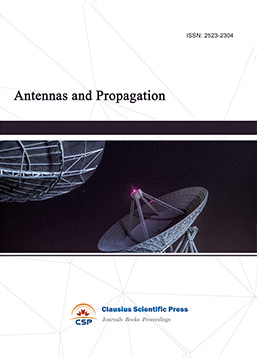
-
Optical Communications
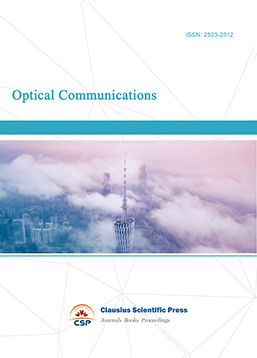
-
Solid-State Circuits and Systems-on-a-Chip
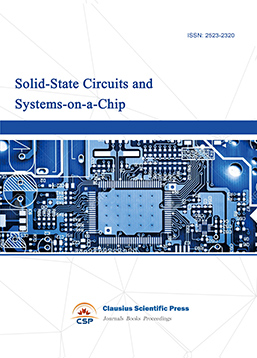
-
Field-Programmable Gate Arrays
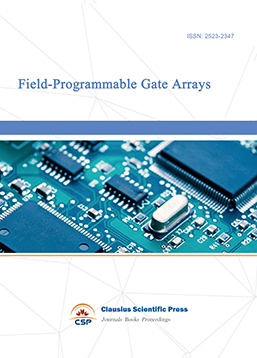
-
Vehicular Electronics and Safety
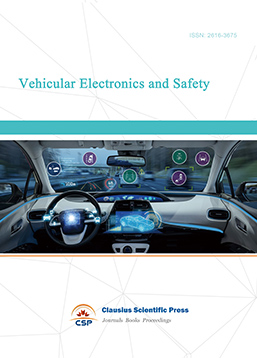
-
Optical Fiber Sensor and Communication
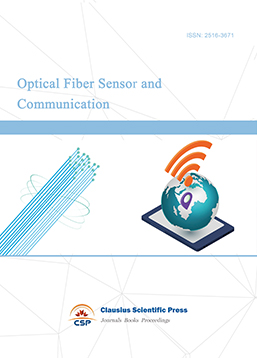
-
Journal of Low Power Electronics and Design
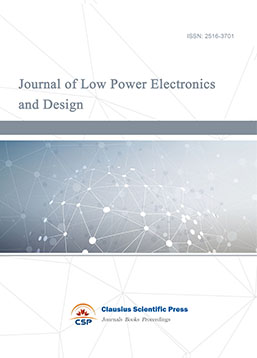
-
Infrared and Millimeter Wave
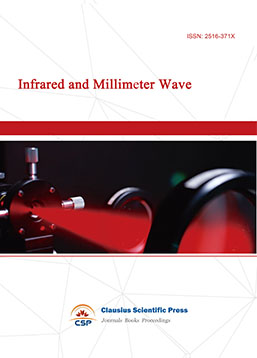
-
Detection Technology and Automation Equipment
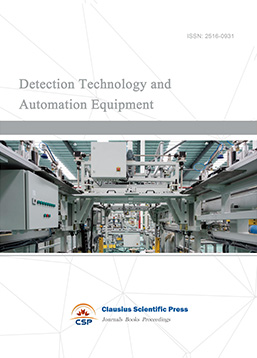
-
Journal of Radio and Wireless
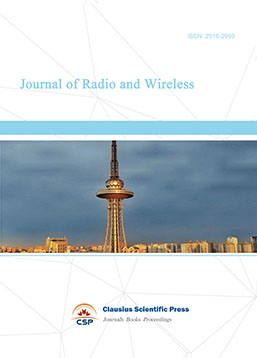
-
Journal of Microwave and Terahertz Engineering
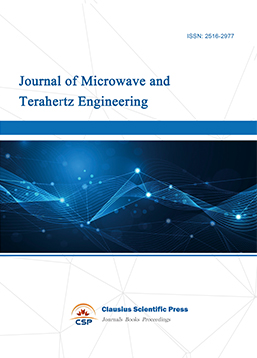
-
Journal of Communication, Control and Computing
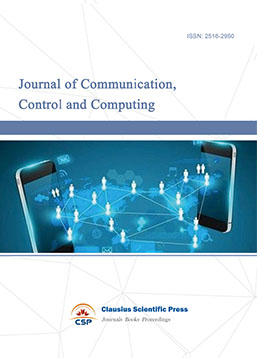
-
International Journal of Surveying and Mapping
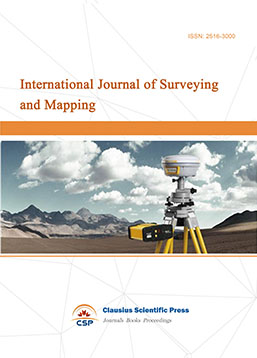
-
Information Retrieval, Systems and Services
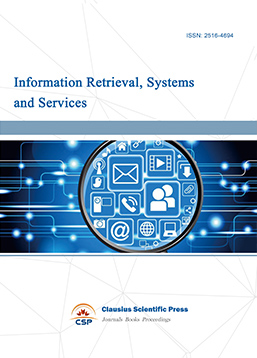
-
Journal of Biometrics, Identity and Security
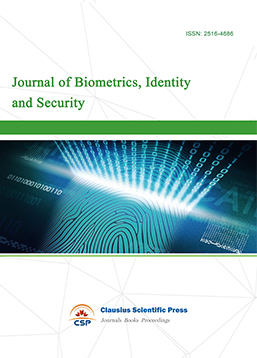
-
Journal of Avionics, Radar and Sonar
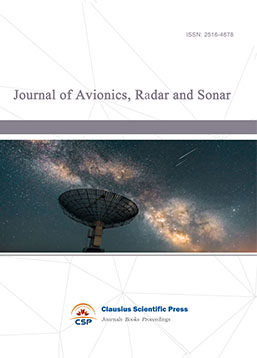

 Download as PDF
Download as PDF